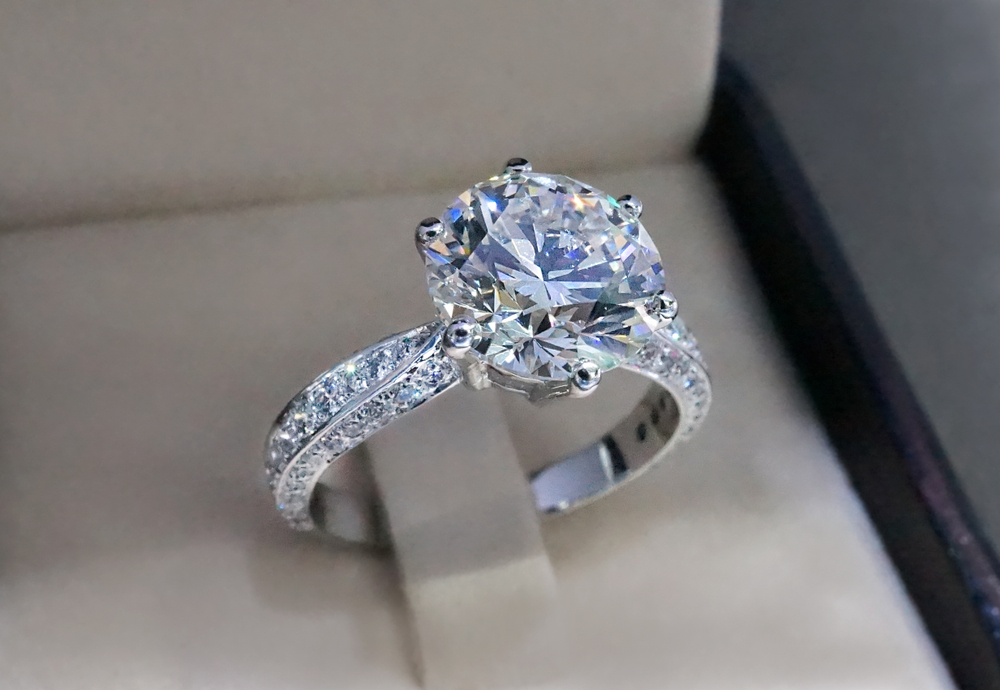
While most people are aware of the 4Cs that are used to determine the quality of a diamond, they are oblivious to many other factors that can affect the look and value of these stones. The “bowtie” effect, fluorescence, etc. are some of the significant factors that people tend to overlook when buying diamond rings. While the bowtie effect affects only certain diamond shapes like oval, marquise, and pear, fluorescence can impact all diamond shapes and colors alike.
Based on the common rules in the jewelry industry, fluorescence is considered a flaw in diamonds. However, this effect can be helpful for you in some circumstances if you make your choice wisely. Therefore, we list some of the important things you want to know about diamond fluorescence so that you can know more about this effect.
What Is Fluorescence In Diamonds?
The fluorescence of a diamond becomes visible when it is exposed to UV light. This light causes some of the elements in the diamonds to radiate or glow. If a diamond radiates in the UV light, then it is considered a fluorescent diamond.
Do All Diamonds Exhibit Fluorescence?
Not all diamonds have this effect. It affects only a small portion of diamonds in the world. So you might not always come across a diamond with this particular effect. Also, fluorescence can affect both natural as well as artificial diamonds alike. Hence, you have to check the grading report to find out whether your stones exhibit this phenomenon.
Do Gemological Labs Grade Fluorescence?
Yes. Gemological labs including the GIA and AGSL grade the fluorescence in diamonds. If this effect is not visible in diamonds, they will receive the grade None. But based on the increase in the visibility of fluorescence, grades like Faint, Medium, Strong, and Very Strong will be given by gemological labs.
If the fluorescence grade is strong or very strong, it can have a major impact on the appearance of your diamonds.
What Causes Fluorescence In Diamonds?
Some impurities getting trapped inside the crystal are responsible for creating diamond fluorescence. Some elements like boron, aluminum, and nitrogen cause diamonds to radiate in the UV light.
Does Fluorescence Affect Colored Diamonds?
Yes. Colored diamonds can have this effect too. In fact, fluorescence can have more impact on colored diamonds when compared to colorless ones. The blue or yellow light radiated because of this effect can affect the original color of the colored diamonds.
But a slight level of fluorescence can enhance the appeal of colorless diamonds with low color grades. So if you are lucky enough to find a faint-medium fluorescent diamond with lower color grades, it can help you to save money along with enhancing the look of your diamond.
